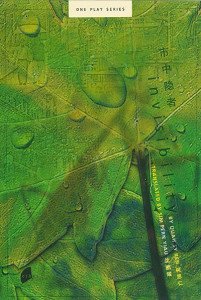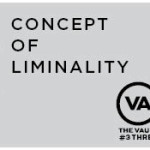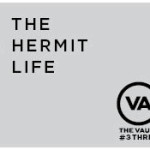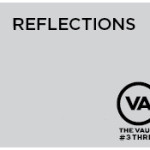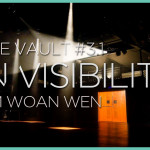About the Playwright:
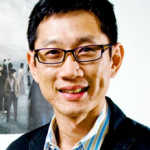
Credit: Nanyang Technological University
Quah Sy Ren is an associate professor in the School of Humanities and Social Sciences, Chinese division at Nanyang Technical University. His main research interests are in Chinese Literature and the history of Singapore Theatre. Quah also sits on the board of directors for Practice Performing Arts Centre (renamed The Theatre Practice Limited as of 2010) and The Finger Players.
In addition to Invisibility (1996), Quah has also authored other plays as well as written and edited several books.
| Selected Bibliography (Source: Literary Singapore, NAC): | |
Plays:
|
Books: |
About the Play:
- Published synopsis:
“Invisibility is a poignant tale about alienation and the search for meaning in modern urban society—various people on the margins of society seeking to connect with others in juxtaposition with the tale of a man searching for the secret to make himself invisible. … Drawing from diverse sources of Chinese literary classics and graffiti as modern social commentary, this critically-acclaimed play by Quah Sy Ren takes you on a voyeuristic ride towards urban myth.” ~ Source: Publisher Ethos BookA browsing copy of the published play is available in Centre 42’s Book Den. View it here.
- Quah Sy Ren’s message to audiences of the play (1996):
“Perhaps many in the audience would not understand this play. Don’t worry, sometimes I don’t understand all of it myself. A play is not a thesis. I wrote it based upon my feelings and I hope the audience will watch it with their feelings. Feelings are immediate and direct, yet most of the time, they are also very ambiguous. In these times, we are often too logical and too serious. Perhaps this is precisely why I sometimes want to write plays. To part ways with reason; to uncover the feelings of man.” ~ Source: Invisibility [1996] Programme, Centre 42 The Repository
- A review of the English translation of the manuscript:
“Invisibility is translated from a Chinese play written by Quah Sy Ren. A more literal translation of the original Chinese title, Cheng Shi Yin Zhe, will be: The Invisible Hermit In The City…The play is filled with an insidious sense of loneliness and estrangement. The only way to resist being engulfed by the invisible force that makes everyone faceless and invisible, as the play seems to propose, is to retreat into one’s own private world. Retreating into private spaces is the only way to salvage some sense of self in this engulfing invisibility. These private spaces can take the physical form of a toilet cubicle (a recurring imagery in the play), or the mental space of thinking alone. By adopting this paradoxical strategy, however, one is actually surrendering one’s own visibility…In terms of language, despite the occasional slipping in and out of local expressions, the Chinese original, which at times reads like a cross-talk script, is coherent and fluid. In the English translation, however, the translator occasionally loses his invisibility as he struggles to bring forth the writer’s humour in his language play.
Invisible thoughts, invisible survival, invisible rule. At the end of the day, the writer, the translator and the reviewer find themselves failing in their attempt and struggle to be invisible.” ~ Source: “Now you see it, now you don’t” by Lee Chee Keng (The Straits Times, 2 December, 2000)
By Daniel Teo
Published on 13 May 2015

